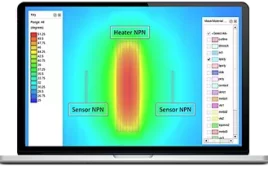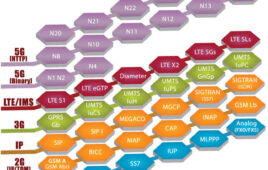Facebook is trying to get a better handle on whether ads on the social media site are effective – and it’s going to use your cell phone location data to do it.
The company this week announced updates to its offline advertising platform that will allow advertisers to include an interactive map if their store locations and track which users subsequently visit the store.
Facebook said the native store locator will show mobile users a map of store locations a business has nearby. The map will include details about the store, including its hours, address, phone number and travel time to each store.
To see whether the ads are actually influencing user behavior, Facebook said it will gather GPS information from people with location services enabled on their phone to measure how many of those who view the ads actually drop in to the store’s location. That aggregated and anonymized data will then be turned over to advertisers, Facebook said.
There does not appear to be an opt-out for users other than turning off location services on their device.
The Store Visits metric will roll out to advertisers globally in the coming months, Facebook said.
Facebook said it is also offering advertisers a new way to determine how many visits end in sales through new partnerships with sales systems like Square, IBM, Lightspeed and Marketo. Using Facebook’s new Offline Conversions API, advertisers will be able to match transaction data from these partners to their Ad Reporting data to see how many people who saw the ad ended up making a purchase.
Facebook said it is still testing the Offline Conversion API across all ad objectives.
Though new to Facebook ads, the store visits and in-store purchase features have actually been around for a while.
Google started testing ways to measure in-store sales in April 2014, and rolled out a store visits insight for advertisers in December 2014. As with Facebook’s new metric, Google’s store visits data is based on aggregated, anonymized data from users who have turned on the Location History feature on their device.




